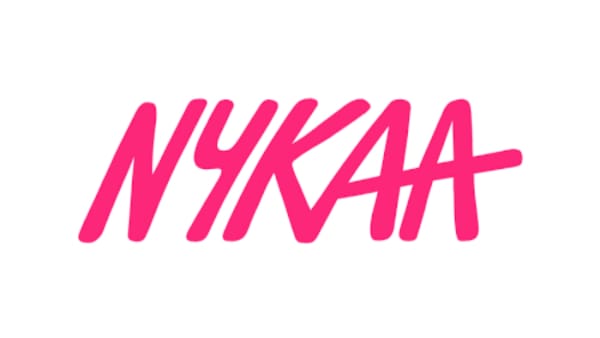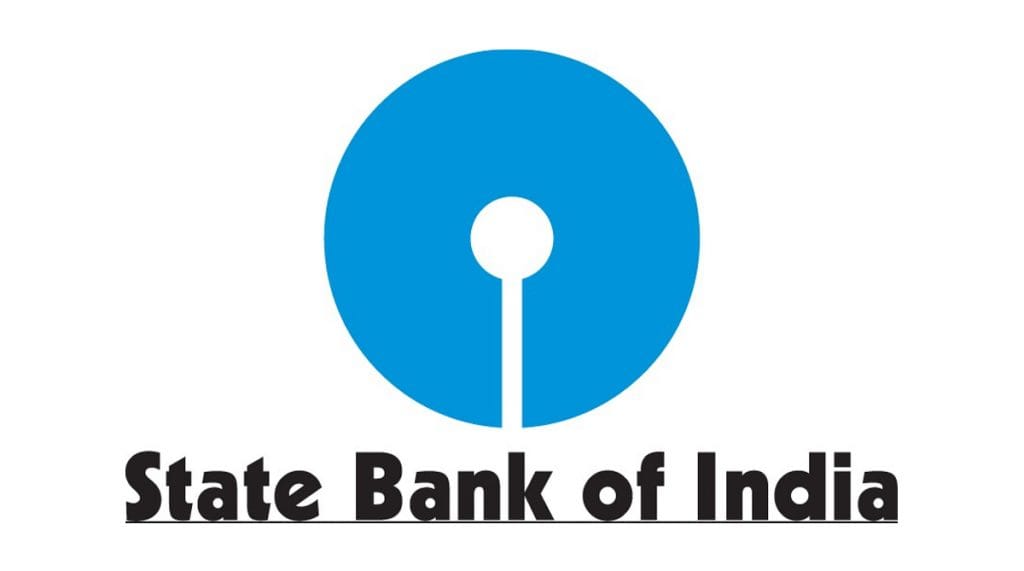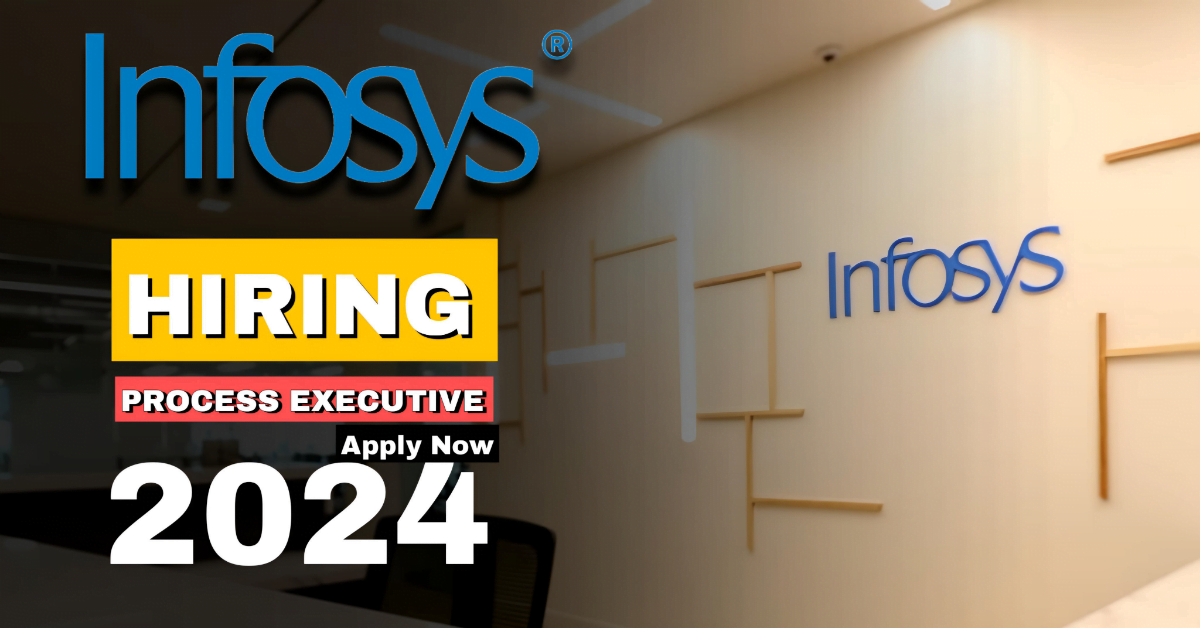History of Java
You May Like
LIC Shares Increase by 2 percent Post PSU Obtains Rs 21,740cr Refund
Author: Admin
Date: 19/02/2024
Finance
Tata Chartered Accountancy-CA Internship 2024
Author: Admin 3
Date: 04/01/2024
Apply for Jobs
Amazon is Hiring for Investigation Associate Apply Now 2024
Author: Admin 3
Date: 10/07/2024
Apply for Jobs
MEA Internship Program 2024 APPLY Now
Author: Admin 3
Date: 03/01/2024
Apply for Jobs
Business Strategy Internship at Nykaa 2025
Author: Admin
Date: 05/02/2025
Other
SBI Clerk Recruitment 2025 – Hurry Up & Apply Now
Author: Admin
Date: 05/02/2025
Apply for JobsFinance
LIC Golden Jubilee Scholarship 2024 for School and College Education ₹40K Scholarship Apply NOW
Author: Admin 3
Date: 08/03/2024
Education
PM Narendra Modi allocates First Installment To 1 Lakh Beneficiaries Under PMAY-G Scheme
Author: Admin 3
Date: 26/01/2024
Business
Infosys Hiring Process Executive 2024 Apply Now
Author: Admin 3
Date: 07/01/2024
Apply for Jobs
Web Stories
The Surprising Facts About Child Tax Credits
Author: Admin
Date: 24/02/2024
Web Stories
From Incfile to Bizee: The Ultimate Business Formation Upgrade!
Author: Admin
Date: 20/02/2024
Web Stories
“Top Long-Term Stocks for Ensuring Your Future”
Author: Admin
Date: 19/02/2024
Web Stories














555
555AoCb6sBY
555
1Zg1jU4R6
1
555
1